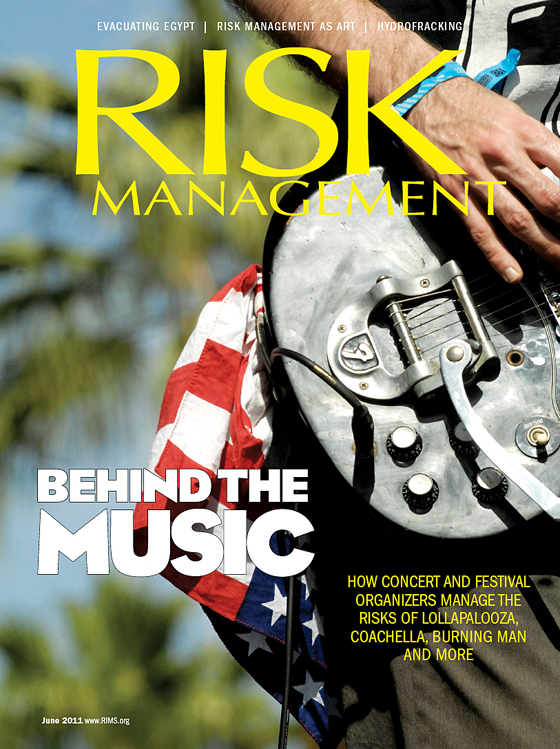
Lester Brown, founder and president of the Earth Policy Institute
Throughout his distinguished career, Earth Policy Institute founder and president Lester Brown has sought to protect resources across the globe. This morning in his opening address at the World Conference on Disaster Management in Toronto, he stressed the importance of one that may now be as important as any ocean, rainforest or glacier. “Time is our scarcest resource,” said Brown on the urgency for the world to begin mitigating the effects of climate change. “How much do we have? No one knows for sure. When do we reach the point of no return. We don’t know.”
The theme of disaster prevention and catastrophe management will be at the forefront of all discussions that take place this week at the conference. But in Brown’s view, there is one disaster that supersedes all others: runaway climate change. To him, that’s “the Big D … the one that could end civilization.”
In addition to the ticking clock and the world’s inability to meaningfully cooperate on the issue, what makes the threat of climate change so catastrophic today is the volatility it places on the global food supply. More than ever, the world grain supply is being strained. And this comes at the same time that demand is increasing.
In the past, major grain surpluses for U.S. production could make up for unexpected droughts, floods or fires that wipe out crop yields in other areas of the globe. Today, however, those surpluses no longer exist. And this is likely the new normal.
To drive home his point, Brown highlighted the massive heat wave, drought and wildfires that wiped out 40% of the Russian grain harvest last summer. He said that if someone had told him before the disaster that the average temperature in Moscow in July would be 14 degrees Fahrenheit above average, he wouldn’t have believed it. “I’m not a climate denier, but that’s unreasonable,” is how he said he would have responded. “Well, that’s what happened.”
In and of itself, that supply shortage affected global prices and stressed the market. But if a similar event were to occur in Chicago? Grain prices would go through the roof.
Again, in the past, agriculture speculators could just chalk up such events as anomalies. Maybe a disaster wiped out some percentage of the global supply that year, but they could be confident that the next season would balance things out. Brown doesn’t seen that happening anymore, however. “There is no normal to go back to,” he said. “The climate is in a constant state of flux.”
And even without a single, identifiable disaster like the one in Russia, the future of the global food supply is troubling. Brown said that estimates project a 10% decrease in grain crop yields for every additional degree Celsius increase in global temperatures. “Each year, agriculture and the climate are more out of sync,” said Brown.
That’s not the only bad news on the supply side.
There is also an irrigation bubble that means today’s global output is artificially high. The United States, China and India are the three top grain-producing nations in the world. Only one-fifth of the U.S. grain yield comes from irrigated land. Even if the continually strained Colorado River basin or Mississippi River region were to dry up somewhat, the nation could still produce at nearly the same level it does today. It’s a different story in India and China, however, according to Brown.
World Bank data says that in India there are 175 million people being fed with grain produced by the over-pumping of local aquifers. The Earth Policy Institute estimates that number at 130 million in China.
It doesn’t take a scientist to see that this is unsustainable. Eventually, the aquifers that are being aggressively pumped will be depleted and, once they are, the rate of irrigation will only be able to match the natural aquifer’s rate of recovery, says Brown. So eventually the current levels will have to fall. The irrigation bubble will burst.
“That bubble has already burst in Saudi Arabia,” he said, adding that the nation will likely be out of the grain production business altogether in just a few years. Since Saudi Arabia only produces 0.5% of the world’s global grain supply, this won’t significantly hamper the global market. And if anyone can afford to import, it’s the Saudis. But this, in addition to depleting water tables throughout the the Middle East, and the bubbles in China and Israel, spells trouble.
“We are only one harvest away from chaos,” said Brown.
Additionally, demand is increasing. Throughout the developing world, particularly in India and China, there are hundreds of millions of people rising out of poverty who will greatly inflate the world’s middle class in the coming decades. Along with a larger middle class comes more people wanting to live a middle-class standard of life. Perhaps more than anything, this affluence will lead to greater food consumption. And since grain feeds both people and livestock, grain consumption per capita will only rise.
Then there are biofuels. In this sense, ethanol is a non-solution solution. It may cut down on carbon dioxide emissions. But crop yields are now being divided between the dinner plate and the gas tank.
The grim reality of all this is that, as the global food supply becomes more strained, so will nations. Food supply security is something that citizens demand from their government and if it disappears, so could the social order, leading to more failed states. “How many failing states before the whole system begins to unravel?” said Brown. “We don’t know this yet. We haven’t been there.”
And that’s the scariest part of all.
(In addition to listening to Lester Brown’s keynote address at the 2011 WCDM, I had the chance to interview him to get even more insight about climate change and the global food supply. Our Q&A will appear in the July/August issue of Risk Management magazine.)



